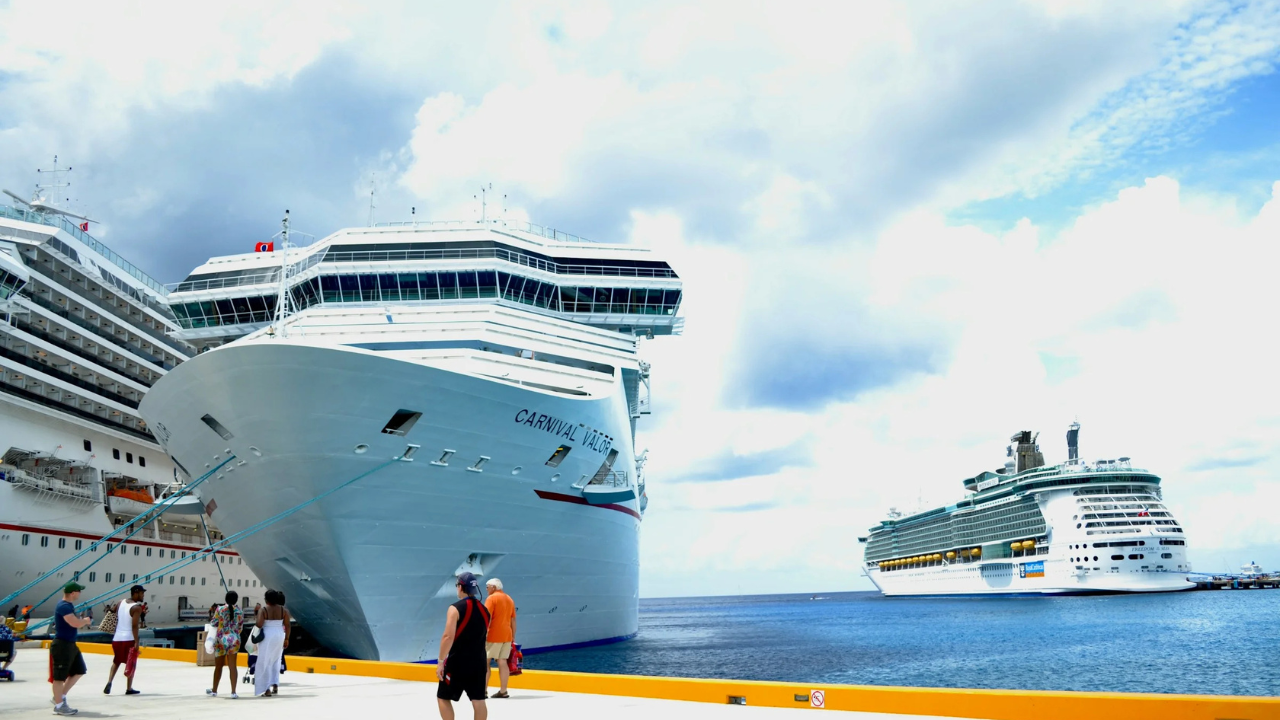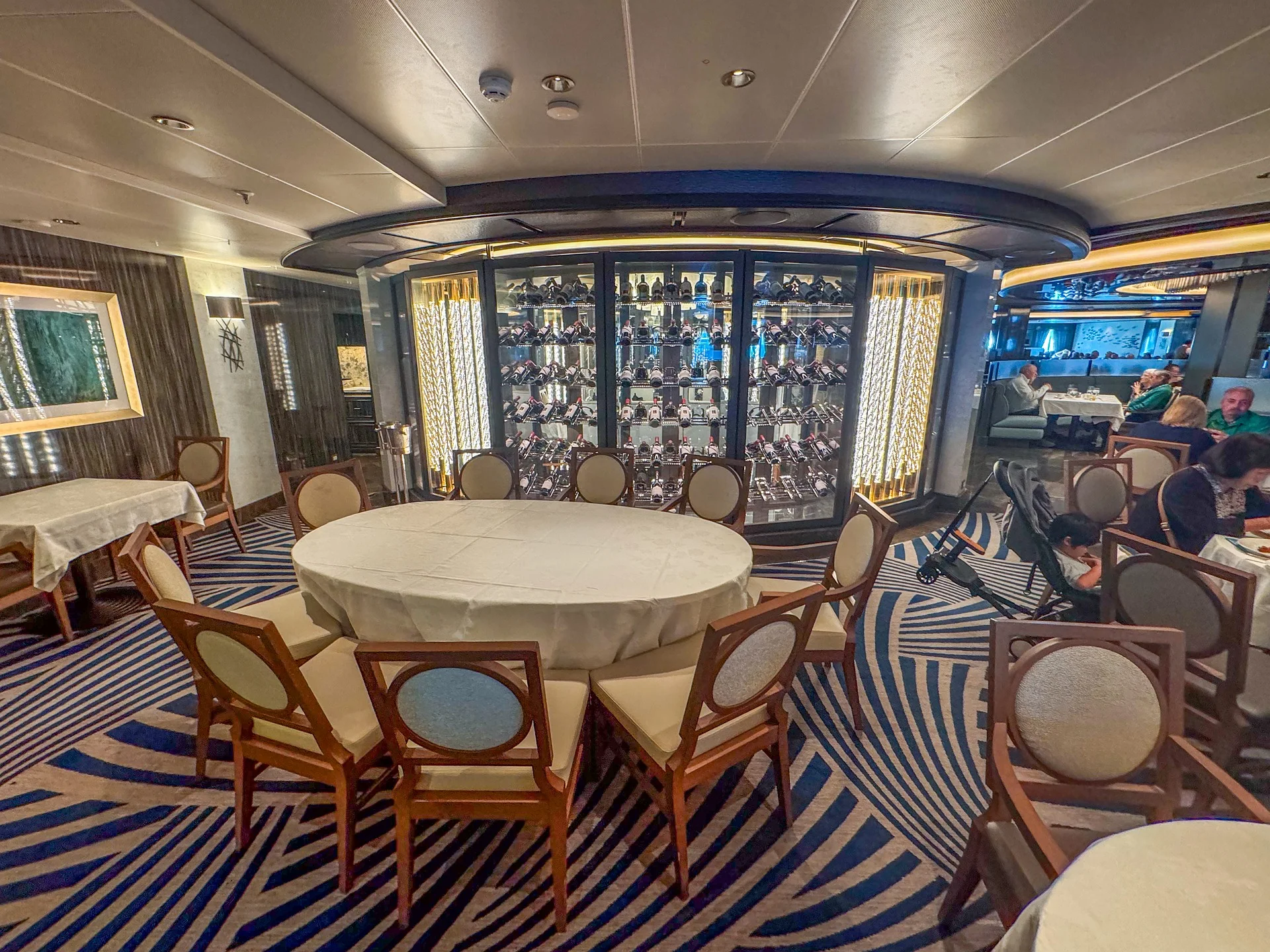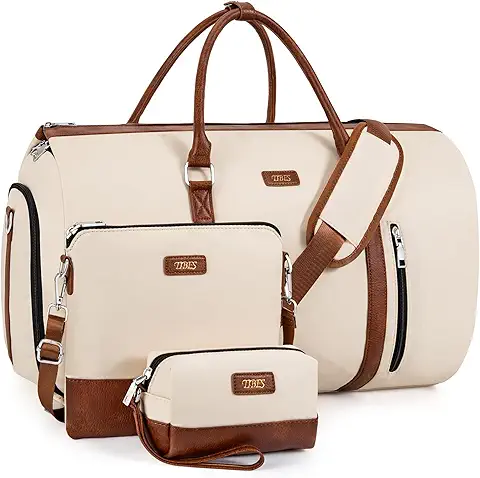First-Time Cruise Guide: What to Expect on Embarkation Day for a Smooth Start


Cruising offers a unique way to travel, blending the excitement of visiting multiple destinations with the comfort of having your hotel travel with you. For first-time cruisers, the experience can feel both thrilling and slightly overwhelming, with so many details to consider. This guide will take you through every stage of your journey, from choosing your itinerary to disembarking at the end of your voyage. By the time you step aboard, you will feel confident, prepared, and ready to enjoy your adventure to the fullest.
Choosing the Right Cruise
Selecting the right cruise line and itinerary is the first and most important step in ensuring a memorable experience. Different cruise lines cater to different styles of travelers. Some focus on family-friendly entertainment, others on luxury and fine dining, and some on adventure and exotic destinations. Consider your travel preferences, budget, and the kind of atmosphere you want on board. Research destinations, lengths of itineraries, and the ports you will visit. A seven-day cruise is a comfortable starting point for beginners, allowing you to get a feel for life at sea without committing to a longer voyage.
Also, think about the time of year you want to travel. The Caribbean has a high season in winter, when the weather is warm and sunny, but this also means higher prices. Alaska cruises are best in summer, while Mediterranean sailings offer pleasant spring and autumn temperatures with fewer crowds. Take note of the embarkation port; if it requires a flight, you may want to arrive at least one day early to avoid travel delays that could make you miss the ship.
Booking Your Cabin
Your cabin, often referred to as a stateroom, will be your home for the duration of the cruise. Choosing the right type can greatly affect your comfort. Inside cabins are windowless and more affordable, making them ideal for budget-conscious travelers or those who plan to spend most of their time exploring the ship and ports. Ocean-view cabins provide a window or porthole, while balcony cabins offer private outdoor space and fresh sea air. Suites are the most spacious and luxurious, often coming with additional perks such as priority boarding and exclusive dining options.
Location matters as well. Mid-ship cabins tend to feel more stable in rough seas, making them a good choice for those prone to motion sickness. Higher decks often provide better views, while lower decks are closer to key areas like the dining rooms or theaters. Study the ship’s deck plans before booking to avoid being located directly above a noisy nightclub or below a busy pool deck.
Preparing for the Cruise
Once your booking is confirmed, it’s time to prepare. Cruise lines often require passengers to complete online check-in before arrival, which involves uploading identification documents, setting up an onboard payment method, and selecting your preferred boarding time. You should also read the cruise line’s luggage policies, as there are typically restrictions on alcohol, certain electrical appliances, and large power strips.
Packing for a cruise requires some strategy. While most ships have laundry services, you will want to bring enough clothing for different occasions: casual outfits for daytime, swimwear for the pool or beach excursions, and dressier attire for evening dining or formal nights. Comfortable walking shoes are essential for exploring ports, and a light jacket or sweater will keep you warm during cooler evenings at sea. Don’t forget sunscreen, sunglasses, and a reusable water bottle. If you’re traveling internationally, check whether you need visas for any of the countries you will visit.
Embarkation Day
The excitement truly begins on embarkation day. Arrive at the port with plenty of time to spare. After check-in and security screening, you will receive your key card, which functions as your cabin key, onboard charge card, and identification when leaving and reboarding the ship at ports. Once on board, you can explore the ship, familiarize yourself with its layout, and perhaps enjoy a welcome buffet.
Before departure, all passengers must attend a mandatory safety drill, which explains emergency procedures and life jacket locations. Pay attention, even if you’ve cruised before, as each ship may have slightly different protocols. After the drill, many ships host a sail-away party on deck, complete with music, drinks, and festive energy as the vessel departs.
Settling Into Your Cabin
Upon entering your cabin, check that everything is in working order; lights, air conditioning, TV, and bathroom fixtures. If anything is amiss, contact your cabin steward immediately. Unpack your luggage to make your space feel organized, and store empty suitcases under the bed. Many cabins have limited storage, so using packing cubes or collapsible organizers can help maximize space.
Your cabin steward will likely introduce themselves soon after you arrive. They will clean your room daily, replenish towels, and often leave small touches such as towel animals or chocolates in the evening. Don’t hesitate to ask for extra pillows, hangers, or ice if needed.
Dining Onboard
One of the great pleasures of cruising is the abundance and variety of dining options. Most ships have a main dining room offering multi-course meals and a buffet for casual, come-as-you-please dining. Many also feature specialty restaurants serving cuisines such as Italian, Asian fusion, or steakhouse fare. These specialty venues often require reservations and come with an additional fee, so book early to secure your preferred time.
Meal times are often flexible, with both set seating and “anytime dining” options. Set seating means you dine at the same table with the same wait staff each evening, which can be a nice way to build rapport. Anytime dining allows for more flexibility but may require waiting for a table during peak times. Breakfast and lunch can be enjoyed in the buffet, main dining room, or even in your cabin via room service.

Entertainment and Activities
Cruise ships are like floating resorts, offering a staggering array of entertainment. Evenings may feature Broadway-style shows, live music, comedy acts, and themed parties. During the day, you can attend cooking classes, wine tastings, fitness sessions, art auctions, or simply relax by the pool. Some ships have water parks, rock climbing walls, ice skating rinks, or even surfing simulators.
Check the daily schedule, often called the cruise newsletter, which is delivered to your cabin or accessible via the ship’s app. This will help you plan your day and avoid missing activities or events you want to attend. If you prefer quiet moments, ships often have libraries, lounges, and shaded deck areas where you can read or simply watch the sea roll by.
Shore Excursions
At each port of call, you’ll have the opportunity to explore new destinations. Cruise lines offer organized shore excursions, ranging from city tours and cultural experiences to adventurous activities like snorkeling, zip-lining, or hiking. Booking through the ship ensures you will return on time, as the vessel will wait for late-running official excursions.
However, you can also explore independently, which may be more budget-friendly and flexible. Research ports in advance to identify must-see sights, local transportation options, and safe walking routes. Keep in mind that local currencies and customs may differ from those onboard.
Safety and Etiquette
While cruising is generally safe, it’s important to follow common-sense precautions. Keep valuables in your cabin safe, be mindful of your surroundings in port, and never leave drinks unattended. Observe onboard etiquette by being courteous to fellow passengers and crew, respecting dress codes, and keeping noise levels down in hallways late at night.
Follow all safety instructions, especially during muster drills and in the event of rough weather. If you’re prone to motion sickness, consider bringing seasickness remedies such as wristbands, ginger candies, or over-the-counter medication.
Avoiding Common First-Time Mistakes
First-time cruisers sometimes overpack, underbudget for onboard expenses, or miss out on activities by not reading the daily schedule. Another common error is booking too many excursions and not leaving time to rest and enjoy the ship itself. Avoid these pitfalls by pacing yourself and balancing busy days with more relaxed ones.
Also, be aware of what’s not included in your fare. Alcoholic beverages, specialty coffee, spa treatments, and gratuities are often extra. Some cruise lines offer beverage or dining packages that can help control costs if you plan to indulge regularly.
Making the Most of Your Cruise
The beauty of a cruise is that it can be as active or as laid-back as you wish. Whether you want to try every activity on board or simply lounge on your balcony watching the waves, the choice is yours. Be open to meeting new people, trying new foods, and participating in events you might not normally consider.
Capture memories through photos and journals, but also take time to be present and soak in the experience. Sunrises and sunsets at sea are breathtaking, and watching the horizon from the deck can be a deeply relaxing moment in an otherwise busy trip.
Disembarkation and Beyond
As your cruise comes to an end, you’ll receive instructions for disembarkation, including luggage tags and assigned times to leave the ship. Many passengers opt for self-disembarkation, carrying their own luggage to speed up the process. Others prefer to leave bags outside the cabin the night before for collection by the crew.
Once off the ship, you may head straight to the airport or extend your vacation with a few days in the final port city. Either way, be prepared for the post-cruise “blues” — it’s common to miss the rhythm of ship life. Fortunately, you can always start planning your next voyage.
Final Thoughts
Your first cruise is a special experience, offering a perfect blend of adventure, comfort, and discovery. By planning ahead, packing smart, and staying flexible, you can ensure your trip runs smoothly from start to finish. With each day bringing new sights, flavors, and friendships, you’ll soon understand why so many travelers fall in love with cruising.
A well-prepared first-time cruiser is not only more relaxed but also better positioned to make the most of every moment at sea. So choose your itinerary, book your cabin, pack your bags, and get ready to set sail your dream vacation awaits just beyond the horizon.








